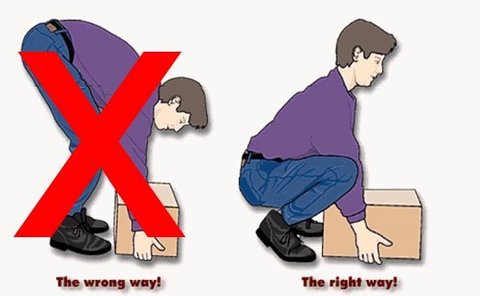How To Move A Node In Nested Sets With SQL |

Moving nodes in nested sets is a complex operation. There were a few solutions on Stack Overflow for moving a node under a given parent, however this doesn't let you select the position of the node amongst it's siblings.
This solution lets you move a node to any position in the tree, with just a single input parameter - the new left position (newpos) of the node.
Fundamentally there are three steps:
- Create new space for the subtree.
- Move the subtree into this space.
- Remove the old space vacated by the subtree.
In psuedo-sql, it looks like this:
/**
* -- create new space for subtree
* UPDATE tags SET lpos = lpos + :width WHERE lpos >= :newpos
* UPDATE tags SET rpos = rpos + :width WHERE rpos >= :newpos
*
* -- move subtree into new space
* UPDATE tags SET lpos = lpos + :distance, rpos = rpos + :distance
* WHERE lpos >= :tmppos AND rpos < :tmppos + :width
*
* -- remove old space vacated by subtree
* UPDATE tags SET lpos = lpos - :width WHERE lpos > :oldrpos
* UPDATE tags SET rpos = rpos - :width WHERE rpos > :oldrpos
*/
How To Move A Node In Nested Sets With SQLThe :distance variable is the distance between the new and old positions, the :width is the size of the subtree, and :tmppos is used to keep track of the subtree being moved during the updates. These variables are defined as:
// calculate position adjustment variables
int width = node.getRpos() - node.getLpos() + 1;
int distance = newpos - node.getLpos();
int tmppos = node.getLpos();
// backwards movement must account for new space
if (distance < 0) {
distance -= width;
tmppos += width;
}
Here is some sample code of how this is done with OrmLite.
public void move(Node node, int newpos) {
try {
refresh(node);
// calculate position adjustment variables
int width = node.getRpos() - node.getLpos() + 1;
int distance = newpos - node.getLpos();
int tmppos = node.getLpos();
// backwards movement must account for new space
if (distance < 0) {
distance -= width;
tmppos += width;
}
// create new space for subtree
UpdateBuilder update1 = updateBuilder();
update1.updateColumnExpression("lpos", "lpos + " + width);
update1.where().ge("lpos", newpos);
update(update1.prepare());
UpdateBuilder update2 = updateBuilder();
update2.updateColumnExpression("rpos", "rpos + " + width);
update2.where().ge("rpos", newpos);
update(update2.prepare());
// move subtree into new space
UpdateBuilder update3 = updateBuilder();
update3.updateColumnExpression("lpos", "lpos + " + distance);
update3.updateColumnExpression("rpos", "rpos + " + distance);
update3.where().ge("lpos", tmppos)
.and().lt("rpos", tmppos + width);
update(update3.prepare());
// remove old space vacated by subtree
UpdateBuilder update4 = updateBuilder();
update4.updateColumnExpression("lpos", "lpos - " + width);
update4.where().gt("lpos", node.getRpos());
update(update4.prepare());
UpdateBuilder update5 = updateBuilder();
update5.updateColumnExpression("rpos", "rpos - " + width);
update5.where().gt("rpos", node.getRpos());
update(update5.prepare());
// refresh local data
refresh(node);
getObjectCache().clearAll();
} catch (SQLException e) {
Log.e("Error moving node", e.getMessage());
}
}
Hope that helps you.
About Roger Keays
 |
Roger Keays is an artist, an engineer, and a student of life. He has no fixed address and has left footprints on 40-something different countries around the world. Roger is addicted to surfing. His other interests are music, psychology, languages, the proper use of semicolons, and finding good food. |
